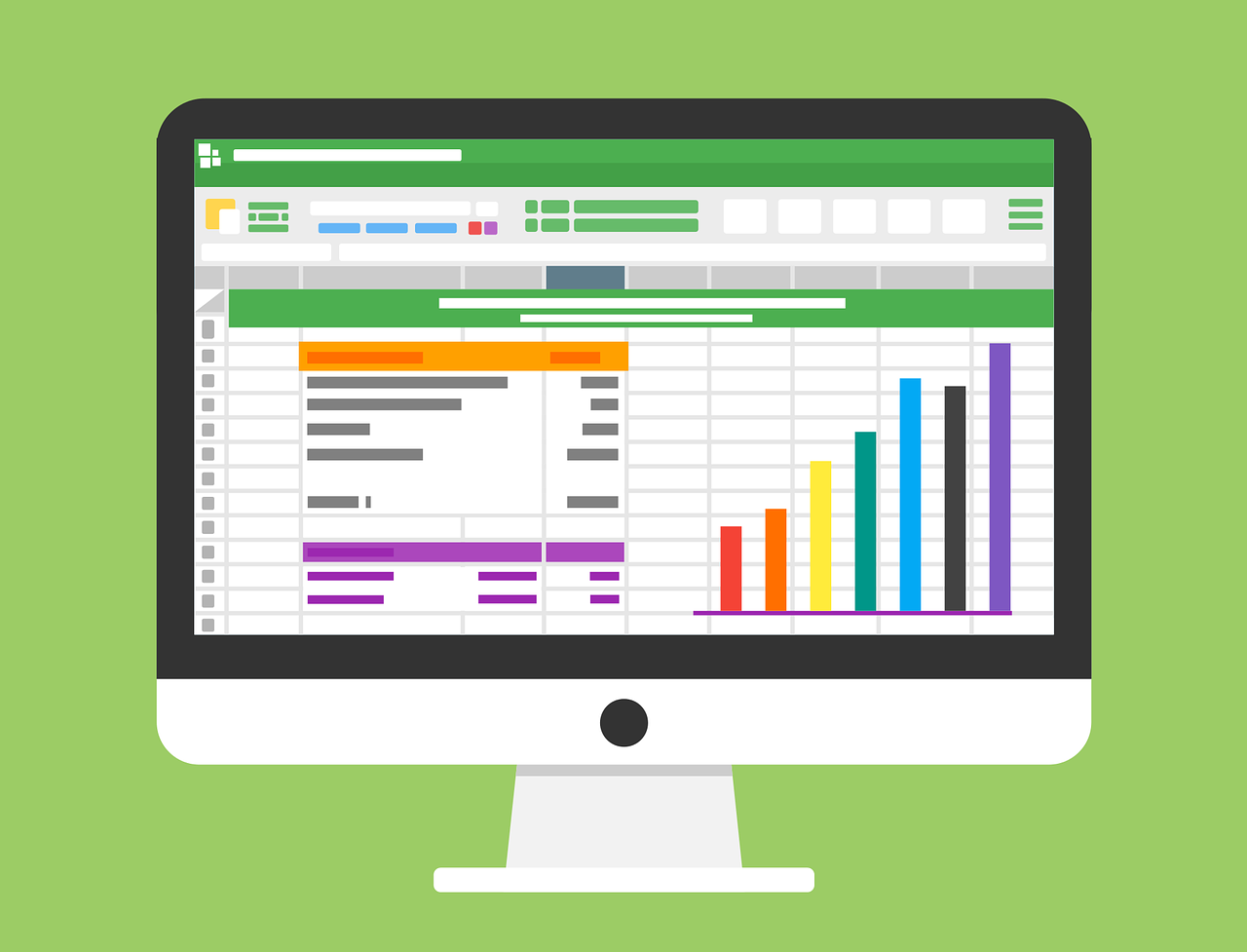Pivot tables are one of the simplest and most powerful tools for analyzing larger datasets in a spreadsheet. They allow you to quickly transform rows and columns into organized charts that can be altered in real-time. This allows an analyst to quickly see patterns and trends and present the information in a more digestible format to stakeholders. Pivot tables are helpful when dealing with data that has many attributes, categories and measurements.
How to Create a Pivot Table
Pivot table functionality is a native part of all the popular spreadsheet software. First, you select the data you want to analyze and then click the “Pivot Table” button in your spreadsheet program of choice (Google Sheets or Microsoft Excel). This will open a new window where you can specify the rows, columns, and values for your pivot table. For example, you might want to view the total sales for each product category.
Are Pivot Tables Dynamic
Once your pivot table is setup, you can rearrange the data by dragging and dropping the fields in the rows and columns window. This allows you to alter your data from different perspectives and identify trends that might not be readily apparent. Additionally, you ca apply filters to your pivot table to investigate specific data points or ranges like dates, sales regions, etc..
The greatest feature about pivot tables is that they are highly customizable. You can change the formatting and layout of your table with just a few clicks of the mouse and make it make the date more intuitive. Adding calculated fields helps pre-process the data for more complex analysis, (i.e. finding percentage of total sales for each unique product category).
Organize your Data with Pivot Tables
Pivot tables are the simplest and most valuable tool for organizing and analyzing data. They allow you to quickly summarize data with only a baseline understanding of spreadsheet software. This makes it ideal for organizations that don’t have a dedicated analyst. Data is the currency that provides insights and actionable intel. Knowing and understanding how to read and analyze historical data allows organizations to streamline and optimize operations, pivot tables make this process relatively easy.








